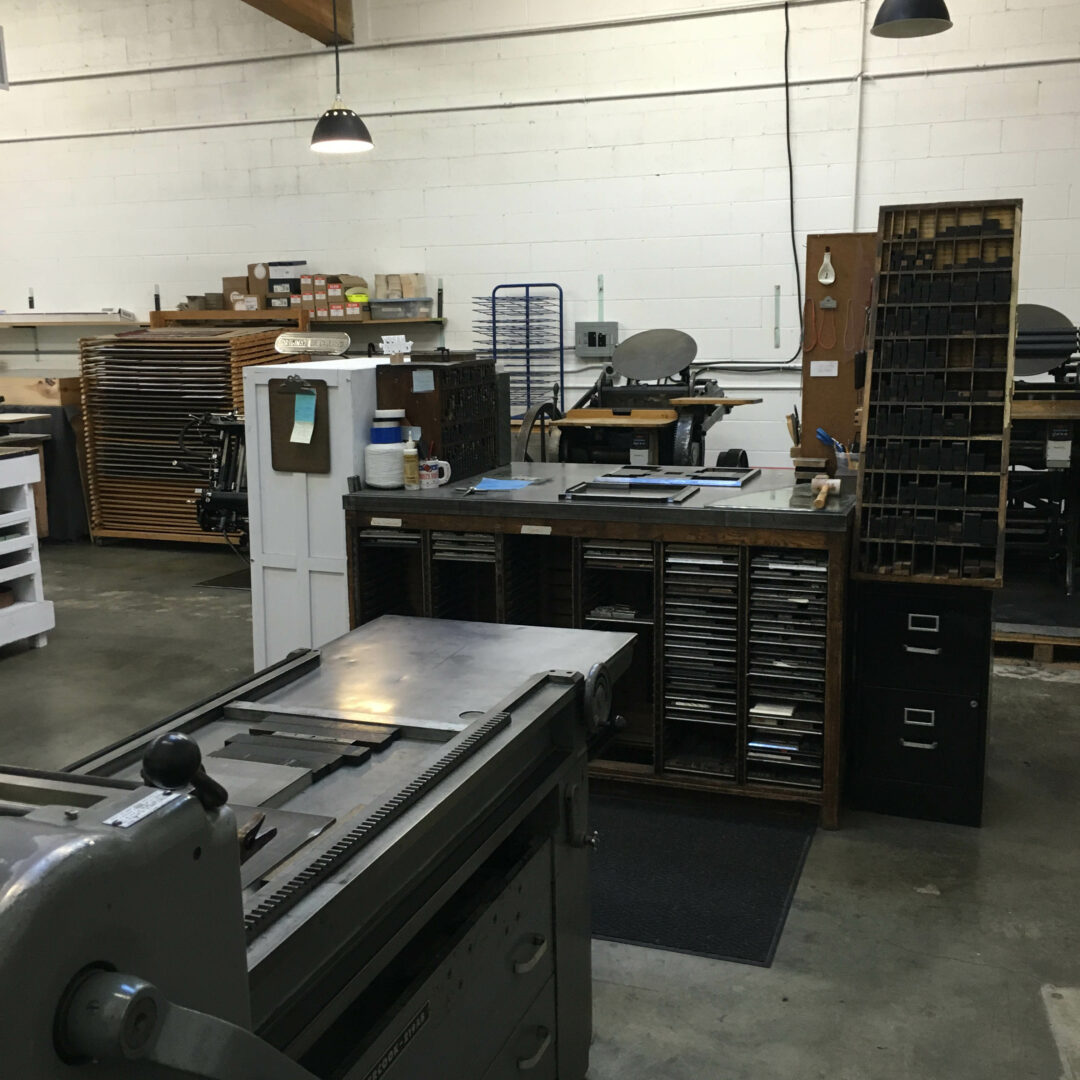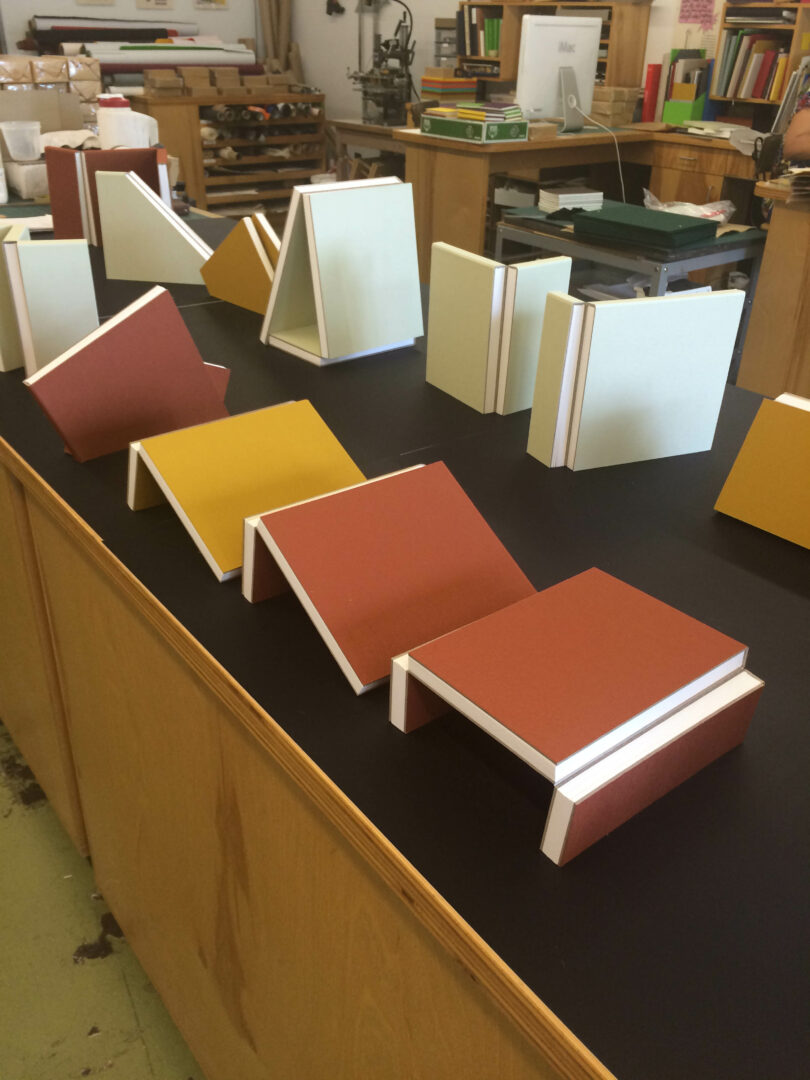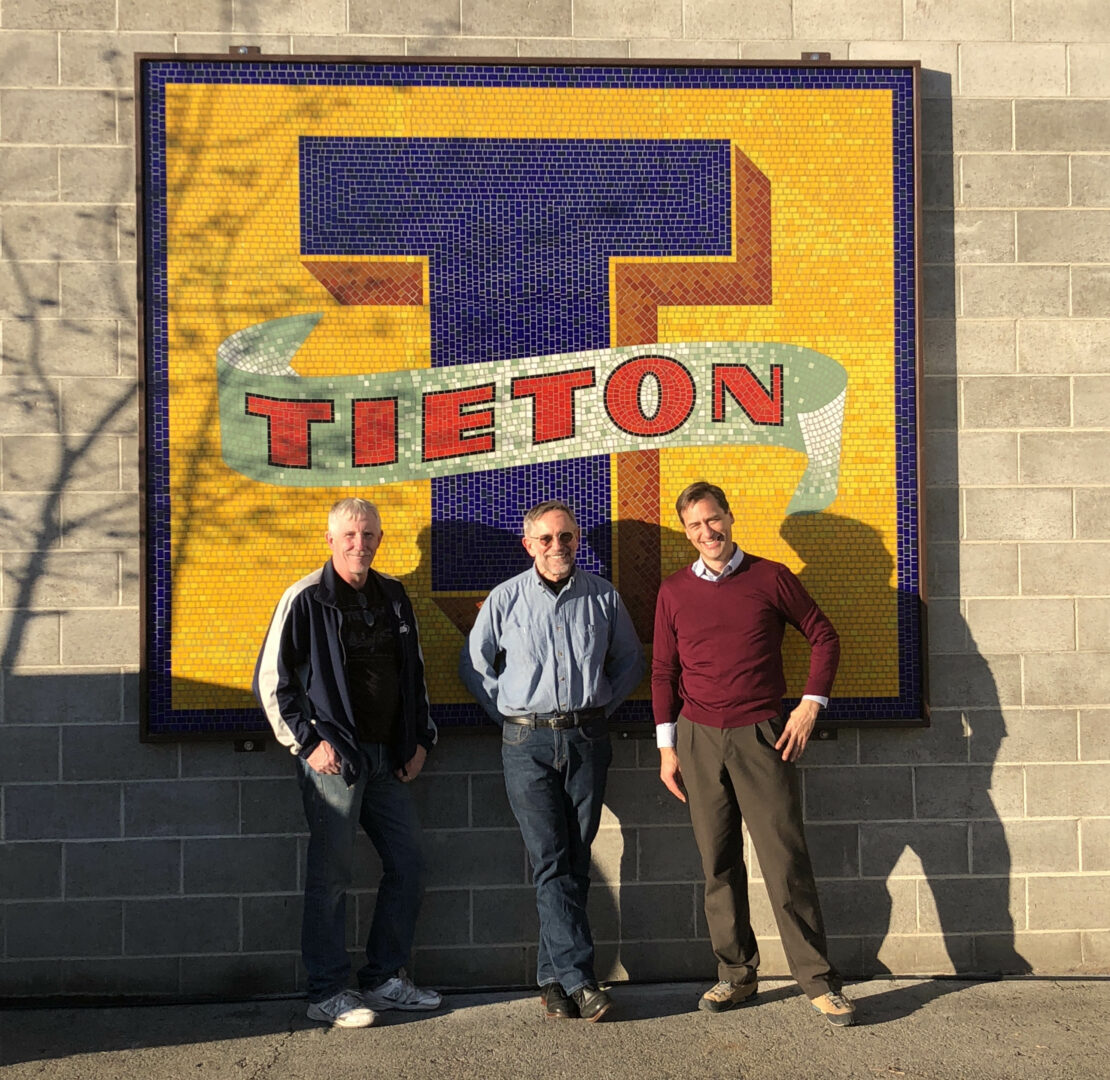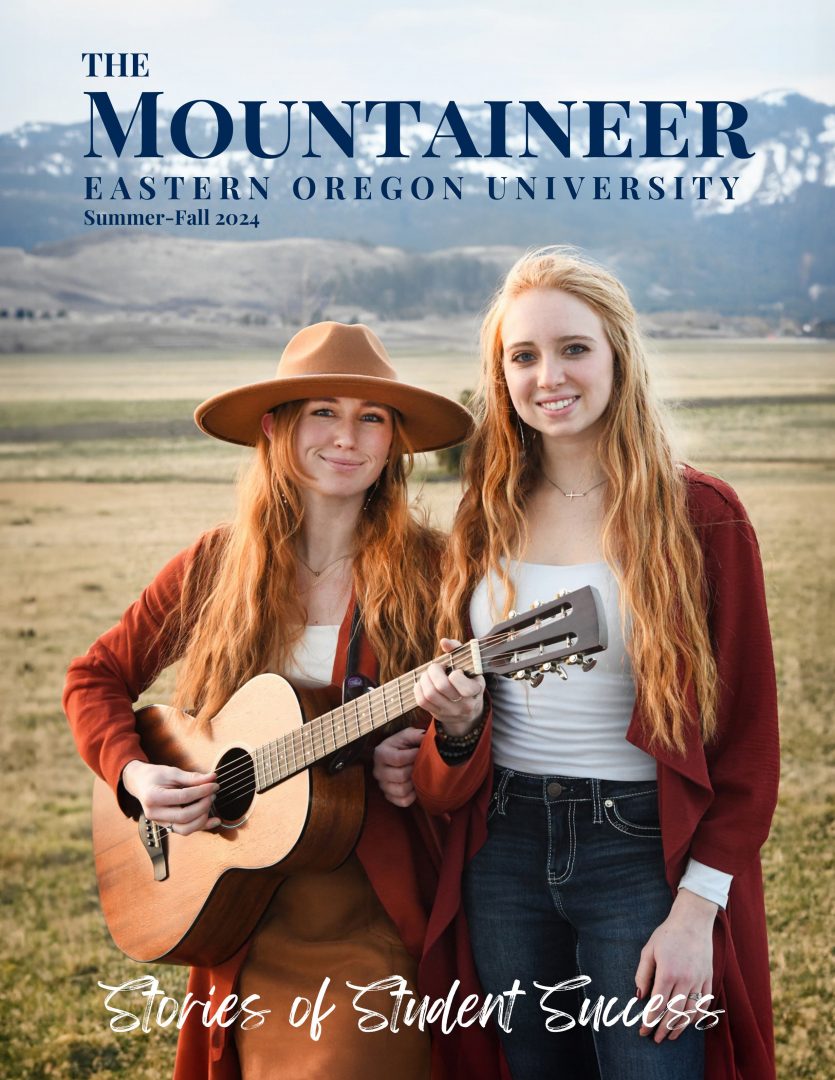Binding Time
By Katy Nesbitt
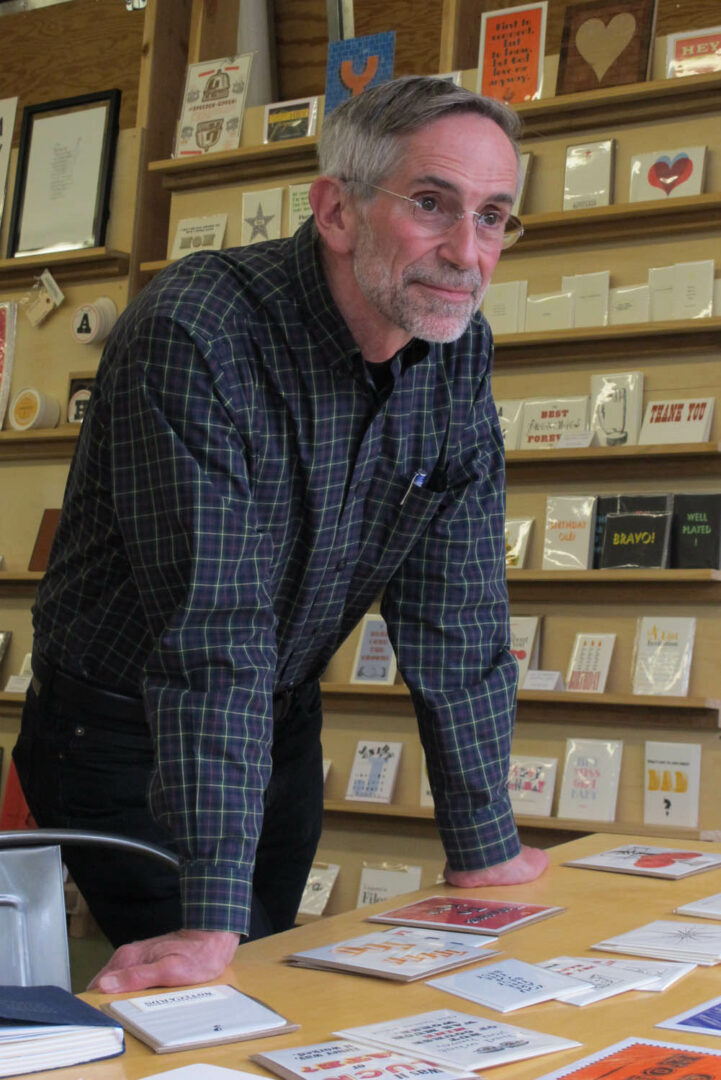
All across the American West, buildings are shuttered as rural economies struggle and box stores challenge downtown businesses. An entrepreneurial EOU alumnus and his friends found a way for one Pacific Northwest town to come back to life.
From the time he was a teenager Ed Marquand, ’73, was drawn to rural life. The back-to-the-land movement of the late ’60s and early ’70s prompted him to seek a small, remote college. In 1970 he packed up his VW bus and drove to La Grande to study art. He said he appreciated the small class sizes and approachability of the professors.
“Not only were they great instructors, but great friends,” Marquand said.
An art career took him back to Los Angeles where he worked in graphic art and advertising, taught classes through UCLA’s extension program and studied photography. In 1978 he moved to Seattle to start a graphic design and photography business, and made his home in the city’s downtown.
His business specializes in publishing art exhibition catalogs for museums, and it grew to putting out 50 titles a year and employing 10 people, alongside what Marquand called “a small army of freelance editors, designers and production people.”
In the late 1990s Marquand and his partner, Seattle attorney Michael Longyear, decided they needed a weekend getaway and bought land 15 miles from the small town of Tieton in the Yakima Valley. The couple built a rustic 20-by-20-foot cabin from which they could hike or bike to their hearts’ content just 2.5 hours from Seattle.
While repairing punctures in his bike tires in the Tieton downtown square one afternoon in 2005, Marquand said he spent the day noticing the town’s empty storefronts and started dreaming about what could be done with so much abandoned real estate.
Along with friends from Portland and Seattle, Marquand and Longyear bought eight buildings that had been empty for at least 10 years. The first building remodeled was an old fruit transit warehouse. One of their key collaborators is Kerry Quint, ’70, who Marquand met in his first class, on his first day at EOU.
While the fruit industry is exploding in the Yakima Valley, Marquand said the old warehouses in Tieton were replaced by larger, state-of-the-art facilities.
“There are many many successful orchards in the area, but that does not translate into success for the little town itself,” Marquand said. “The money is not supporting the town, it
goes to the investors and money managers.”
Marquand’s approach and business model were different: refurbish existing buildings and put people to work binding and printing handmade art books. The high level work done in the Tieton publishing studio produces limited edition books published for the likes of the Metropolitan Museum of Art.
The venture, which he named Mighty Tieton, has grown to include hospitality, retail, production, a typographic mosaic studio, art exhibitions and event businesses. Marquand said it employs about 15 people from the community, who have become an essential part of the operation. Marquand now spends most of his time in a converted loft in one of the buildings, overseeing his businesses when he isn’t in Seattle or traveling around the country visiting museum clients.
He said besides the handmade art books, half of the products sold at his Paper Hammer shop in Seattle, are made in Tieton. He calls the business model, “Hands across the Cascades.” The low overhead that houses his large printing equipment makes it affordable and the labor pool for this kind of work is more available in rural Washington.
“One thing about Seattle, if you hire a hipster who wants to be a bookbinder, he could be gone in six months,” Marquand said. “We need someone to do it for 10 years, which is so, so difficult to find in Seattle and relatively easy to find here.”
Marquand and his cohorts didn’t start out to become agents of rural revitalization, but that’s what’s happening.
“These aren’t skills we ever picked up in a studio, but they still tap into our creative imaginations,” Marquand said. “So maybe they aren’t mutually exclusive.”
